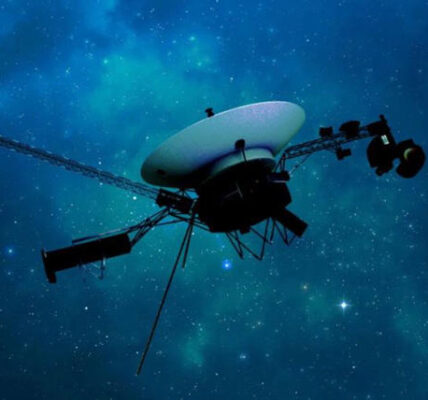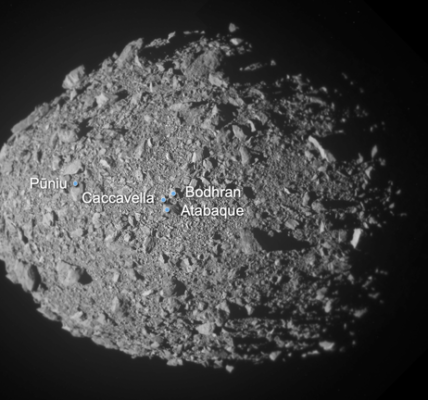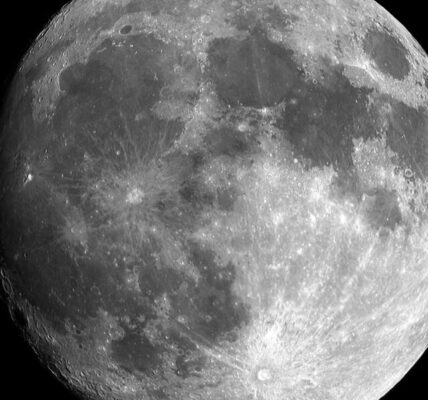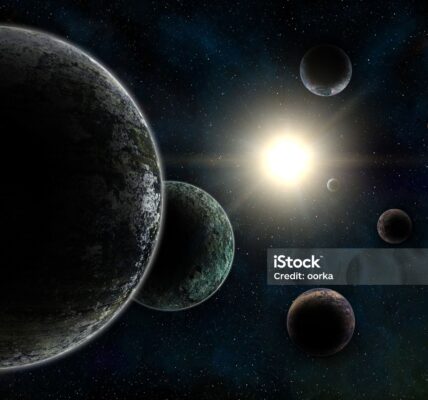Neutron Star Collisions: Shedding Light on Dark Matter
Neutron star collisions provide a unique opportunity to study dark matter. Explore how these cosmic events may hold the key to understanding the universe’s “missing matter” in this simplified story.
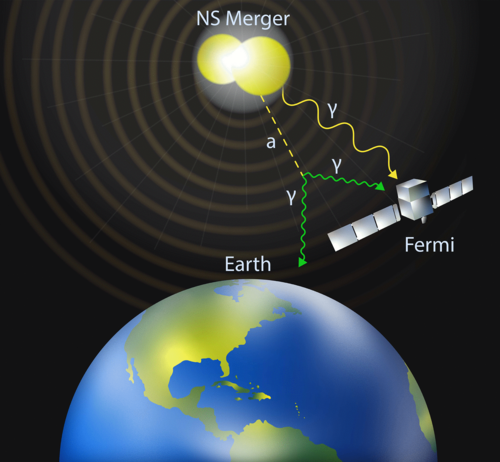
© Provided by Space
Neutron Star Collisions: Unveiling Mysteries of the Universe
Neutron star collisions are not just cosmic fireworks; they’re also scientific goldmines. Imagine two massive stars, exhausted from their nuclear fusion, spiraling into each other. It’s like a celestial dance, but the aftermath is far more intriguing than any choreography.
Understanding Dark Matter’s Puzzle
Let’s talk about dark matter. It’s the enigmatic substance that makes up a whopping 85% of the universe’s matter. But here’s the catch: we can’t see it. Dark matter doesn’t interact with light, making it invisible to telescopes. Scientists are on a quest to unravel its mysteries, and neutron star collisions might just hold the key.
Axions: The Dark Matter Detectives
Enter axions, theoretical particles that could be the building blocks of dark matter. While we’ve never directly spotted them, axions pop up in physics models beyond our current understanding. Think of them as detectives in the dark matter mystery. Neutron star collisions could help us track their elusive trails.
The Cosmic Origin Story of Neutron Stars
Neutron stars are born from the remnants of massive stars that go supernova. Picture this: a star, millions of years old, reaches the end of its stellar life. Its outer layers explode into space, leaving behind a dense core packed with neutrons. That’s a neutron star, and they’re not your average cosmic beings.
The Dance of Neutron Star Binaries
Some neutron stars aren’t loners; they come in pairs, orbiting each other in a cosmic waltz. These neutron star binaries create ripples in spacetime called gravitational waves. As they swirl closer together, they set the stage for an epic collision.
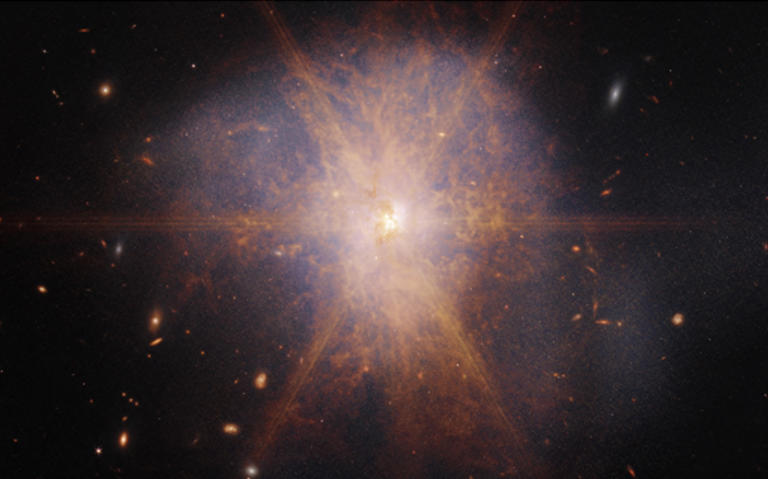
© Provided by Space
When Neutron Stars Collide: A Cosmic Symphony
When two neutron stars collide, it’s like nature cranks up the volume on its cosmic symphony. The collision triggers physics unlike anything else in the universe. It’s a chaotic dance of matter and energy, where new elements are forged in the cosmic crucible.
Forging Gold from Neutron Star Collisions
Here’s a mind-bending fact: neutron star collisions are gold mines—literally. These cosmic crashes create conditions so extreme that they forge elements heavier than iron, like gold and silver. It’s a process called the rapid-capture process, and it happens in the blink of a cosmic eye.
The Birth of Exotic Particles
But the drama doesn’t end there. Neutron star collisions could also birth exotic particles like axions. These mysterious particles might escape the wreckage and decay into detectable signals, giving us a cosmic breadcrumb trail to follow.
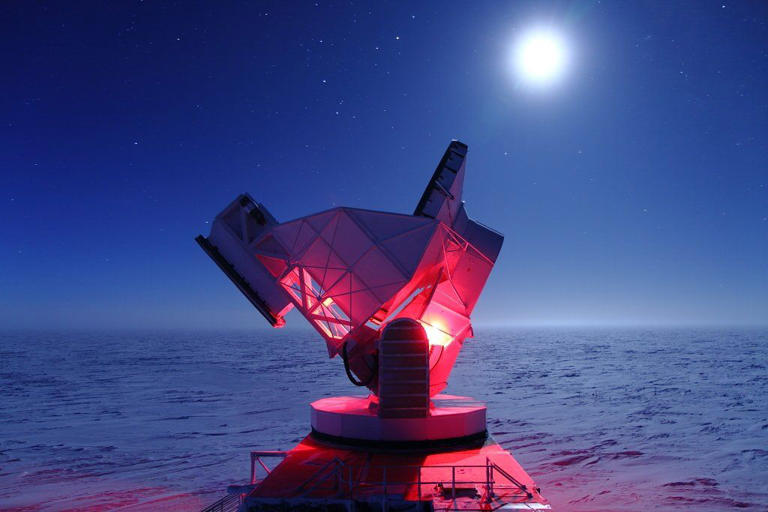
Hunting for Dark Matter Signals
Imagine tuning into the universe’s radio station and picking up signals from the dark matter realm. That’s the goal of scientists studying neutron star collisions. By detecting the aftermath of these cosmic collisions, we might finally crack the code of dark matter’s elusive nature.
Peering into the Cosmic Unknown
As we gaze into the depths of space, we’re confronted with the vastness of the unknown. Dark matter is one of the biggest puzzles in cosmology, but neutron star collisions offer a glimmer of hope. They’re like cosmic laboratories, where the secrets of the universe are waiting to be uncovered.
Conclusion: Neutron Star Collisions as Cosmic Crucibles
In the grand tapestry of the cosmos, neutron star collisions are like the brushstrokes of a master painter. They shape the universe in ways both profound and mysterious. And as we delve deeper into the aftermath of these cosmic cataclysms, we may finally unlock the secrets of dark matter, illuminating the darkest corners of the cosmos.ALSO READ:
